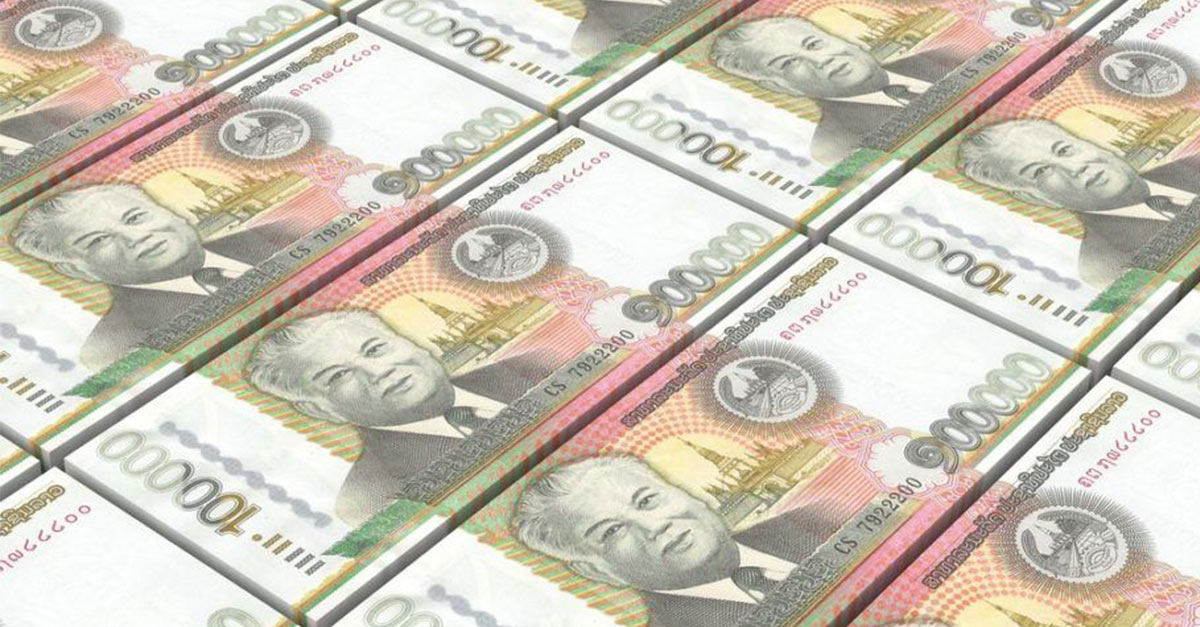Laos: Central Bank Governor Explains Reasons for Weak KIP
The Governor of the Central Bank, Sonexay Sitpraxay has stated that weak domestic production is among the causes of the rapid depreciation of the KIP since June this year, according to a report in the Party newspaper Paxason.
The need to import many consumer goods has increased the demand for foreign currency, while the bank system’s supply capacity can meet only about 50 percent of the total demand. Further exacerbating the situation is the appreciation of the US Dollar and Thai Baht. Officials estimate that the inflation rate should not exceed 3% this year.
Upon being asked by National Assembly members on 13 November about the possible reasons for a weak national currency, Governor Sonexay Sitpraxay responded: “the weak KIP is a result of both domestic (weak production base) and foreign factors (strengthening of the USD and THB). It is also indicative of our frail economic foundations. Each year for the past ten years from 2008-2018, the nation has been experiencing, on average, a trade deficit of 850 million dollars. Imports amount to 3.7 billion dollars per year.”
As stated previously, half of the current demand for foreign currency is met by the banking system and the other half by public consumers, which shows that a large percentage of the population uses foreign currency in their daily financial transactions.
Because Laos allows the public to hold account deposits in foreign currencies at any bank in Laos, the percentage of foreign currency accounts exceeds 50 percent of total bank deposits, an especially staggering ratio.
Ironically, the law on foreign currency management stipulates that only the KIP be used in daily financial transactions. The discrepancy between financial legislation and daily practice has resulted in a quagmire situation where currency regulation is extremely difficult.
Governor Sitpraxay cited other factors, namely natural disasters and disease outbreaks, which have negatively affected the food supply, the high volatility of world oil prices, and a strong Thai Baht causing the price of consumer imports to increase, all contributing to an inflation rate of 2.5% (over the past ten months). This is expected to increase to no more than 3%.
Source: https://laotiantimes.com/2019/11/18/central-bank-governor-explains-reasons-for-weak-kip/


 Thailand
Thailand




